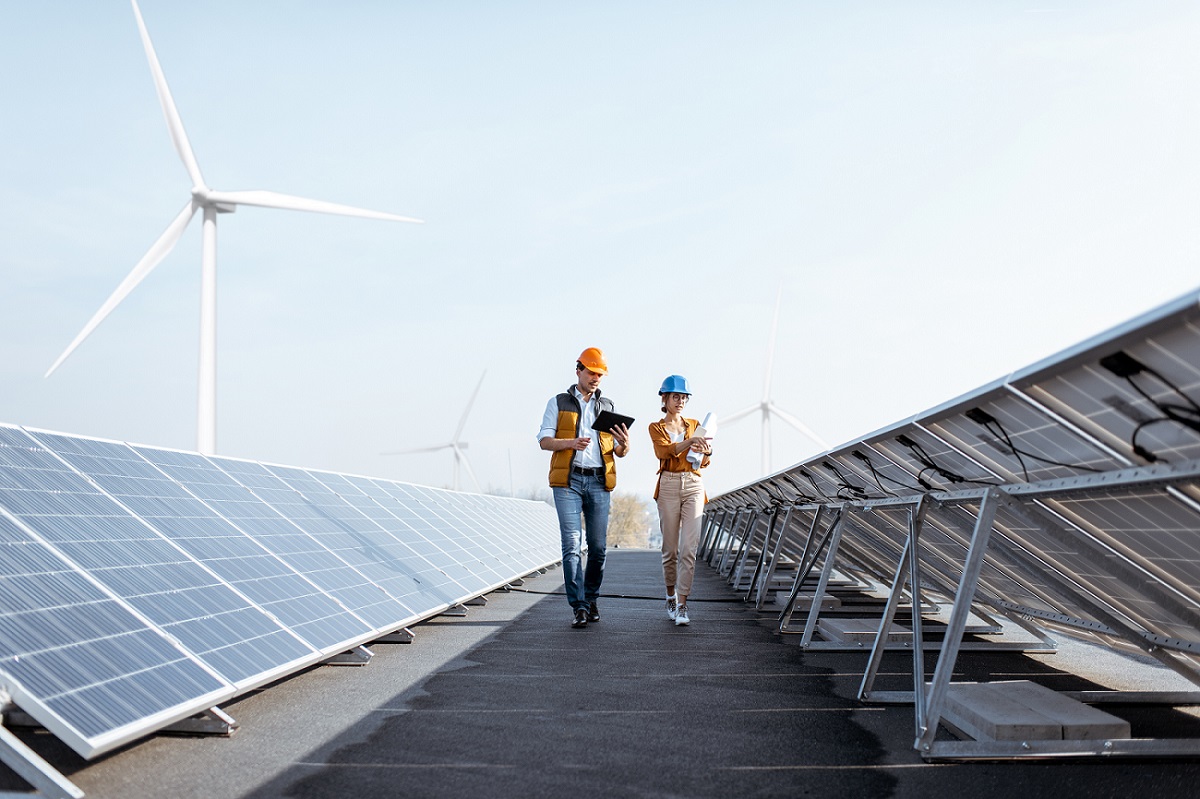Germany is heavily dependent on Russia for gas, oil and coal. The country wants to put an end to it as soon as possible. For example, all electricity must be produced sustainably by 2035. What are the most important steps the country needs to take? Our market research department has mapped them.
In the short term, the use of coal for power generation in Germany will increase significantly. This is a temporary effect, partly due to the war in Ukraine. This does not change the fact that Germany is pursuing ambitious green transition plans. These go further than the Paris climate goals. Renewable energy capacity will quadruple and the German government wants to stop the use of coal by 2030.



